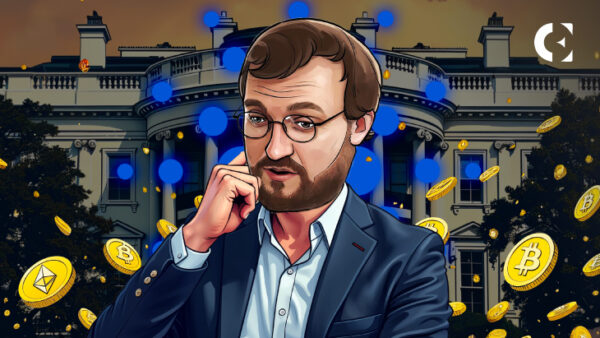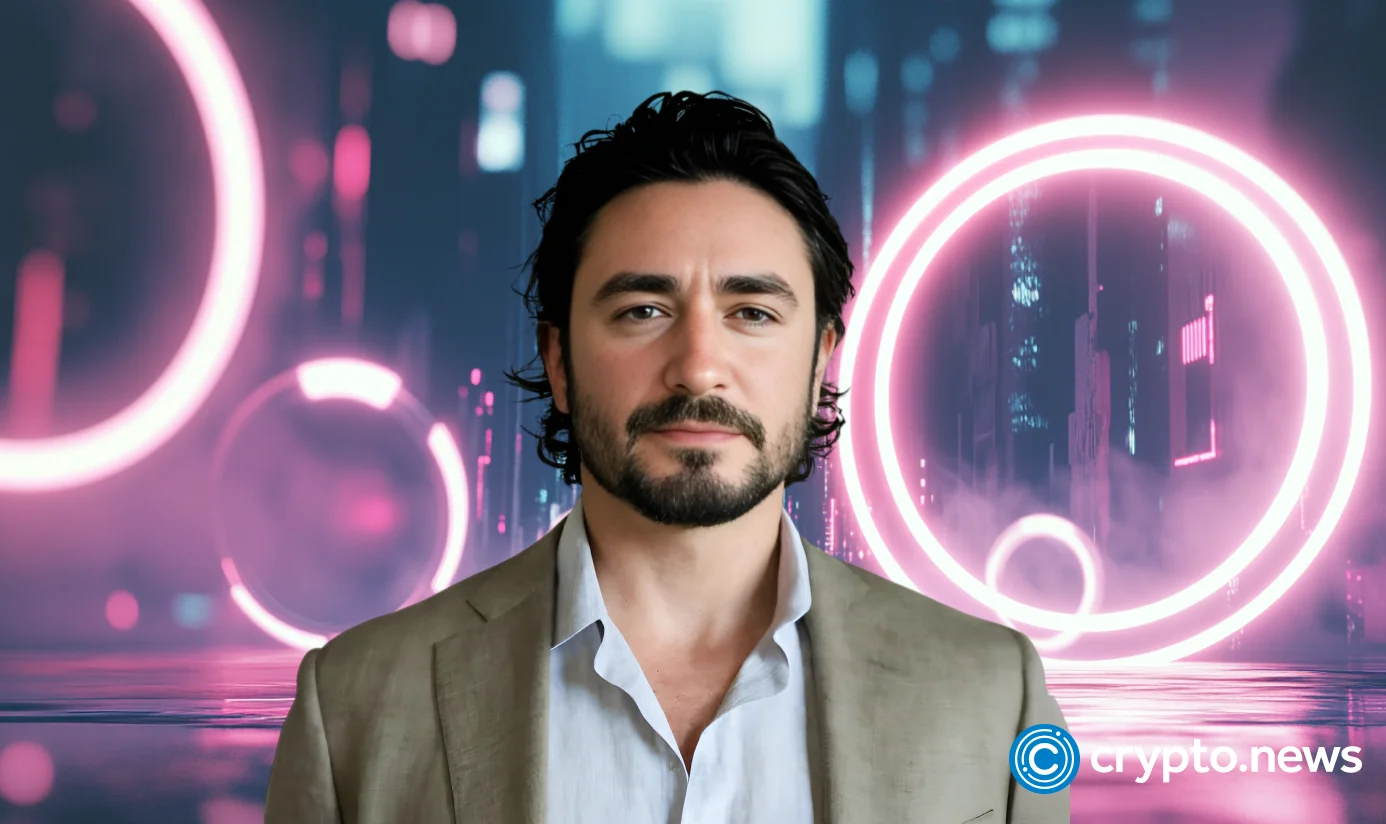Ethereum vs Ripple: Will XRP Overtake Ethereum?
Key Points
- Ethereum is considered by many as the main network for smart contracts and dApps(Decentralized Applications).
- Ethereum additionally serves as the key network that performs like a bridge between traditional finance and decentralized finance.
- Ethereum is facing competition from XRP.
- XRP’s high transaction speed and scalability may pose a threat to Ethereum.
- Standard Chartered Bank forecasts XRP would overtake Ethereum in market capitalization by 2028.
Amidst the shifting dynamics of the crypto domain, XRP is finding a critical role. XRP is gaining popularity in cross-border transactions due to its speed and scalability. With the launch of a leveraged XRP ETF, the argument that XRP is attracting a high level of institutional interest might be the truth.
This could also be the very reason why XRP would overtake Ethereum in market capitalization by the end of the year 2028.
Sustained Increase in Fintech Transaction Volume
Geoffrey Kendrick, head of digital assets research at Standard Chartered, noted that there is an increase in cross-border transactions courtesy of the growing global market. In such an environment, technologies that can facilitate these transactions on a faster, safer, and broader scale carry a direct advantage.
With this comes the sustained intake of broader institutional adaptation by XRP, like the leveraged XRP ETF. All of these factors give XRP the room for growth. A growth that is massive in comparison to Ethereum.
It is not just the fintech transaction volume that is supporting XRP. There is a scalability issue with Ethereum to be part of such ultra-fast fintech integrations, and that is the cost of transactions. XRP, on the other hand, offers faster and much cheaper transaction avenues compared to Ethereum. This limits the institutional growth potential of Ethereum by a huge margin.
Factors that Could Challenge XRP’s Race
Even if Ethereum is slowly falling behind in the fintech game, it has the potential to regain momentum and take back the lead through RWA tokenization. RWA tokenization is gaining popularity, and Ethereum’s familiarity with smart contracts may prove beneficial here.
If Ethereum-based RWA tokenization kicks off, XRP may find itself gasping in the dust left by Ethereum.
To counter this situation, XRP could plan and utilize its already familiar institutionalized nature to get into the RWA tokenization game before Ethereum. As of now, the XRPL (XRP Ledger) is providing a service for asset tokenization, and it has its own advantages like speed, low cost, 3rd party delegation, etc.
However, institutionalized tokenization will require major partnerships and tie-ups. With the recent dispute with the SEC (Securities and Exchange Commission) settled, XRP still has a long way to go to regain its lost reputation.
Factors Boosting XRP’s Speed
The earlier part of 2025 witnessed XRP spending 1.25 billion dollars to acquire Hidden Road. This is a prime broker that offers clearing, prime brokerage, and funding for foreign exchange (FX), digital assets, derivatives, swaps, and fixed income to institutional investors and traders. Ripple is hoping once again that this acquisition will bridge the gap between institutional investors, digital assets, and payments.
SWIFT (Society for Worldwide Interbank Financial Telecommunication) is the go-to platform for cross-border transactions at the moment. The high error rate of SWIFT’s cross-border transactions seems promising to XRP, as there are plans to take up nearly 14% of SWIFT’s market share of transactions.
Such institutional integrations could boost the reputation of XRP and drive the price upwards. The year-end target for 2025 is $5.50 for XRP. If this sustained growth becomes a reality and more institutional investments show up, XRP could close the 2026 year at around $8. Continuing in this pattern, XRP expects to reach a price of $12.80 by 2028. It is this price that is going to drive up the market capitalization.
This price would raise XRP’s market capitalization to a whopping 740 billion, which could potentially overtake Ethereum.
Final Thoughts
XRP does have the potential and the room to grow. The remaining factor in XRP’s growth would be the strategic approach to problem-solving and keeping the prices rising steadily. Institutionalization, RWA tokenization, and dominance over the cross-border transaction sector are all factors that could contribute to this growth.
With enough support from institutional tie-ups and investments, XRP can regain its lost reputation. Once the reputation is restored and the judgment about XRP fades into the past, investors will start to pool into XRP, driving the price upwards. The higher the price climbs, the higher the market capitalization becomes, and the greater the chances of beating Ethereum in this race.
The post Ethereum vs Ripple: Will XRP Overtake Ethereum? appeared first on BiteMyCoin.
You May Also Like

Hoskinson to Attend Senate Roundtable on Crypto Regulation

Interview | Big tech is training AI on junk data: Intuition
